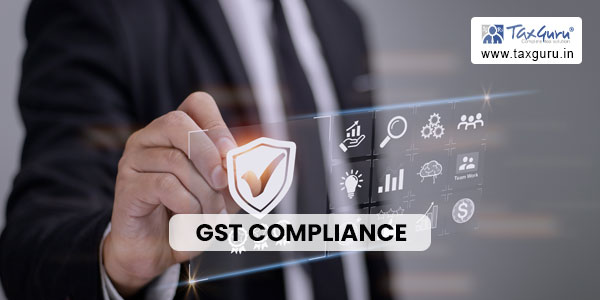In an evolving business landscape, mergers and acquisitions are common phenomena. One integral aspect that often requires meticulous attention during these processes is the management of Goods and Services Tax (GST) obligations. The amalgamation of two entities presents unique challenges and considerations in the realm of GST, particularly in terms of return filing, registration, and the transfer of Input Tax Credit (ITC).
1. GST Registration Post-Amalgamation: When an amalgamation occurs, the legal existence of the transferor company ceases. Consequently, its GST registration needs to be relinquished. As per the CGST Act’s Section 29(1), in events like amalgamation or demerger, the GST registration linked to the business should be cancelled. An application for this cancellation must be filed within a stipulated timeframe post the event.
However, it’s paramount that all pending transactions or open issues related to the transferor company are addressed prior to this. There may be a transition period during which the company must maintain its GST registration to ensure compliance.

2. Transitioning Smoothly: Steps and Considerations: To ensure a smooth transition:
- The premises of the transferor should be added as an additional place of business under the transferee’s GST registration.
- All suppliers of the transferor company should be instructed to issue invoices using the GST registration number of the transferee.
- Both suppliers and customers should be informed of the amalgamation and the consequent change in the GST registration number.
It’s beneficial to maintain a communication log, which could act as proof of compliance during any future audits or evaluations.
3. Filing Returns During the Active Registration Period: Until the GST registration is surrendered, the transferor company should continue to file all requisite GST returns. This includes the annual return and reconciliation statement for the pertinent financial year, encompassing the details of both involved companies.
Annual Return (Form GSTR 9) and the reconciliation statement (GSTR-9C) need to be filed, but future requirements will hinge on turnover and any exemptions issued.
4. Transferring Input Tax Credit (ITC): A significant facet of amalgamation is the transfer of unutilized ITC from the transferor to the transferee. The CGST Act and CGST Rules lay down specific procedures for this. Key steps include:
- The transferor filing Form ITC-02 detailing the merger and the transfer of ITC.
- Submitting a CA certificate validating that all assets and liabilities have been transferred.
- The transferee then needs to accept the transferred ITC on the GST portal.
5. The Final GST Return: Once amalgamation is complete and all related obligations are fulfilled, the transferor company’s registration is typically cancelled. Following this, the final GST return, Form GSTR-10, should be filed. This is mandatory within a specific timeframe after the registration cancellation.
6. Clearing Misconceptions:
- The dissolution of a company due to amalgamation doesn’t negate its obligation to file requisite GST returns for the relevant financial year.
- Companies should continue with GST compliance, including filing monthly returns, till the GST registration is officially surrendered and cancelled.
7. Scope and Limitations: It’s crucial to understand that any legal advice or opinion in the context of GST compliance is founded on the specific facts and the prevailing legal scenario. Laws evolve, and businesses must stay updated with the most recent legal provisions and interpretations.
Conclusion: The amalgamation process is intricate, with multiple legal, financial, and operational aspects intertwined. GST compliance remains a critical component to ensure a smooth transition without legal repercussions. Companies are encouraged to seek expert counsel and meticulously plan their GST strategy during amalgamation to mitigate risks and ensure seamless integration.





